sardinia, the locus amoenus
The expression locus amoenus is a Latin topos translatable as place without walls. In literature, and more generally in the arts, it finds meaning among authors to describe that non-place where the soul finds solace and refuge. For Homer, it was the island of Calypso; for Monet, his garden in Giverny; for Van Gogh, nature.
I believe I have been equally fortunate in life to find my own: Sardinia. This island in the middle of the Mediterranean Sea is the only place on the land I have explored that has nurtured countless parts of me. In fact, it has become so visceral that it is more than just a place for me: it is a state of mind.
The endless beaches with crystal-clear water, still wild and untouched by man, where a (more or less) gentle breeze almost always blows, are a cradle for thoughts. The low vegetation near the coast, typically Mediterranean, which becomes harsher inland with dense forests, makes this island a continuous and exciting discovery. The genuine and hospitable people are the icing on the cake of this picture.

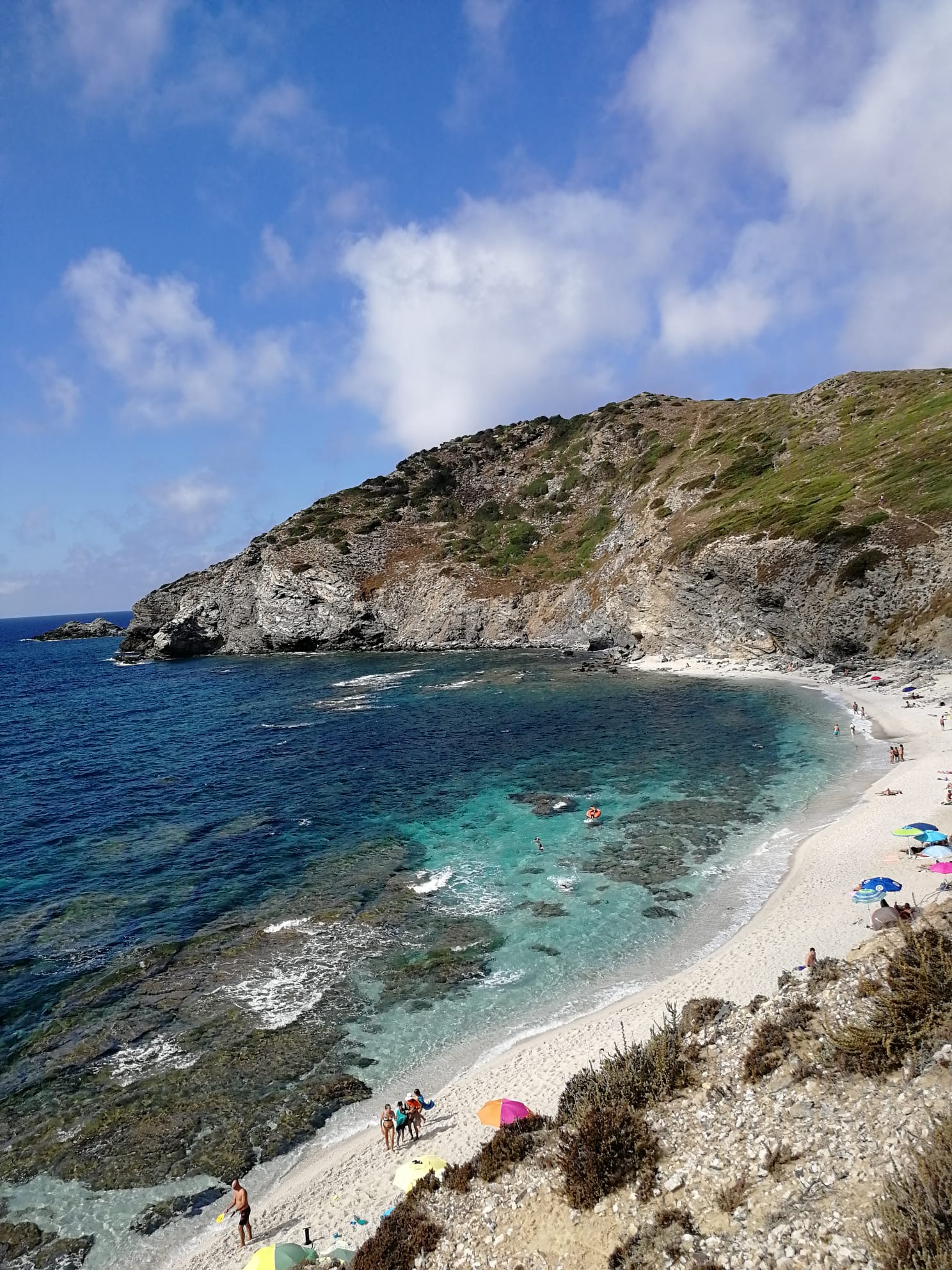
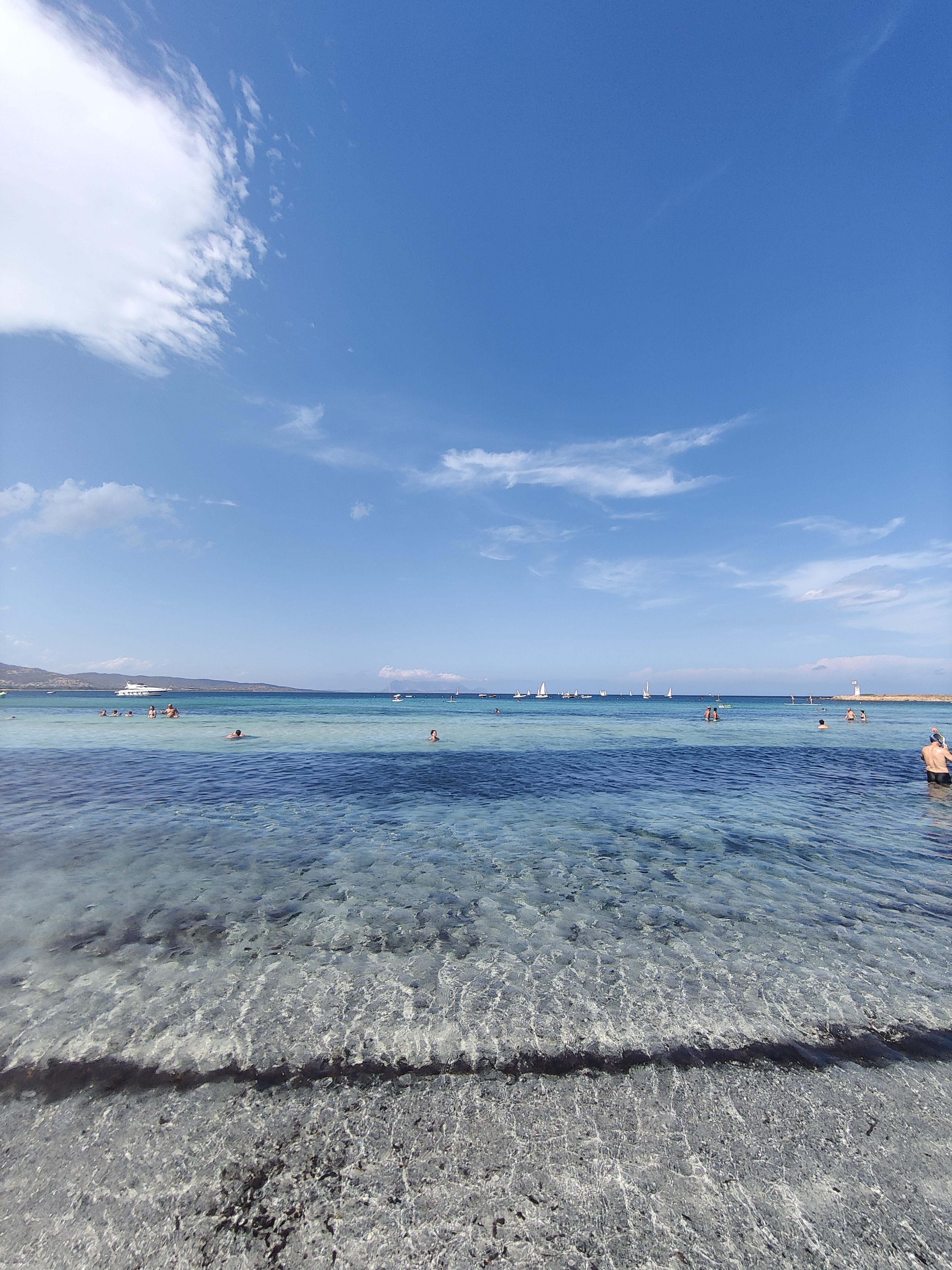
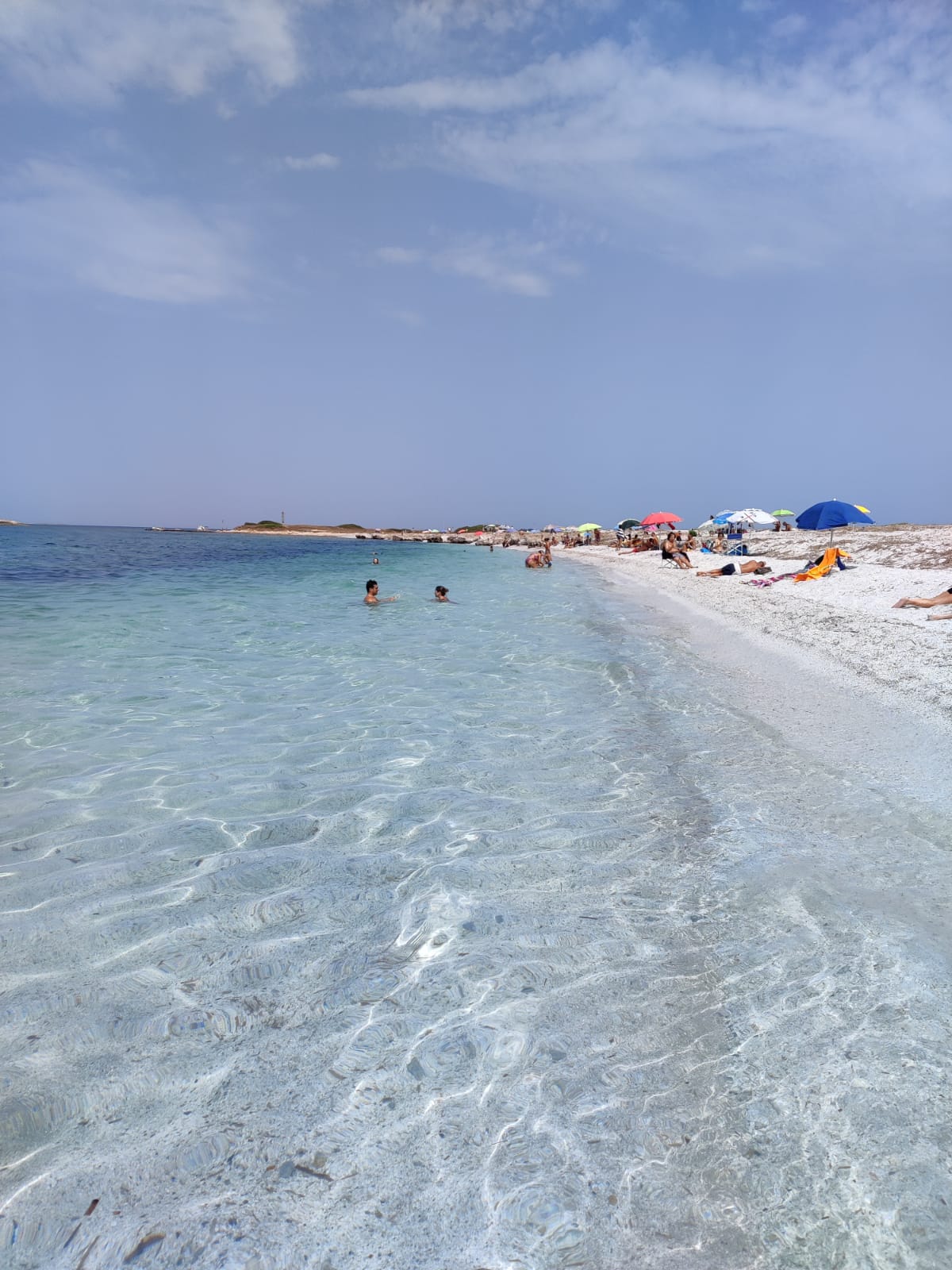
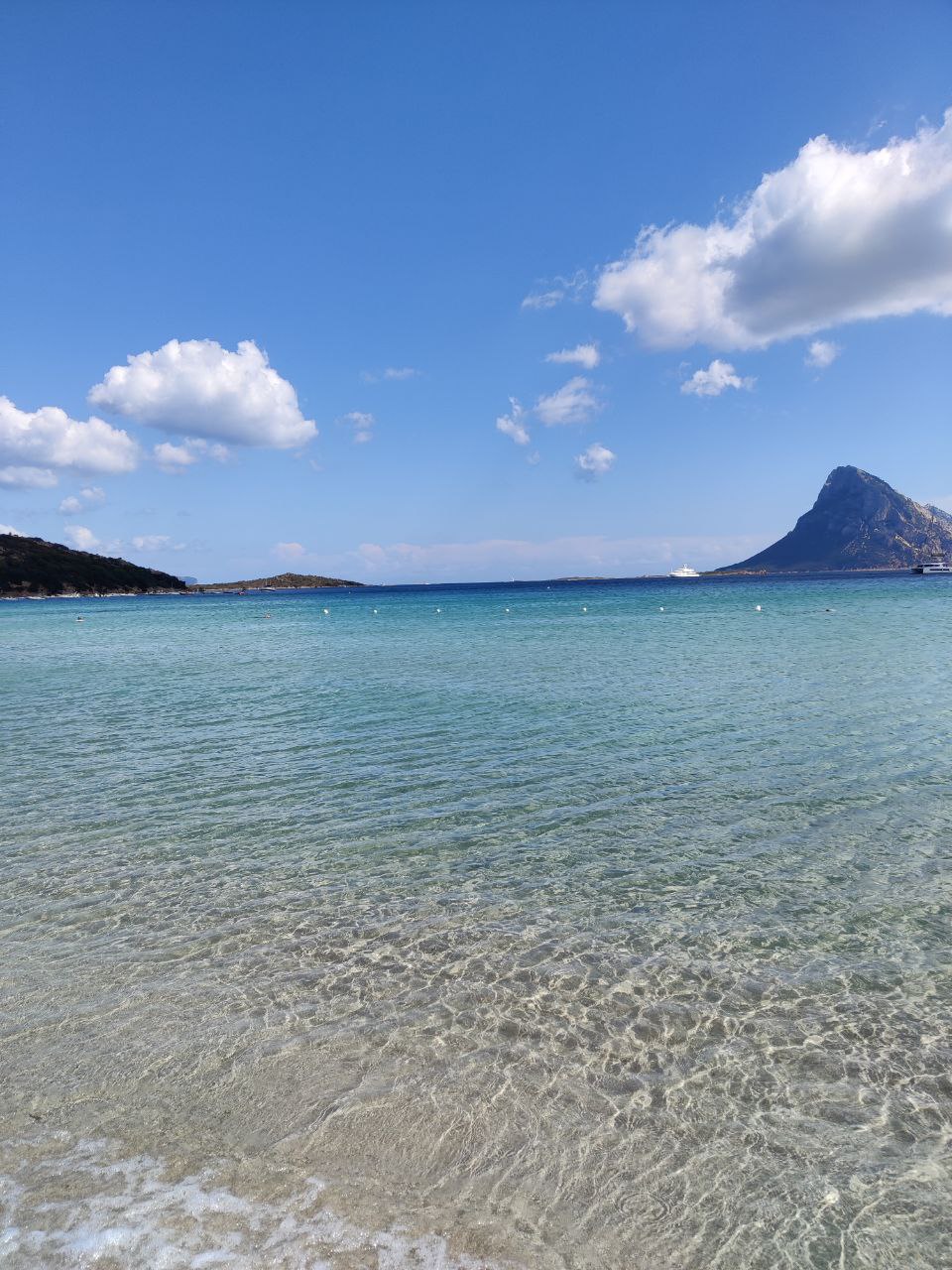
The Mediterranean basin is a delicate spot for what concerns the effects of climate change. During the last decades, this region has experienced an increase of drought frequency and intensity, which goes hand in hand with the observed increase in temperature and in extreme hot events and with a reduction in the precipitation which has already caused detectable changes in the vegetation composition and coverage over the Sardinia island.
Future is uncertain, but it doesn’t seem to be bright. The Mediterranean basin and thus the Sardinia island will face a significant increase in temperature and decreasing in precipitation no matter which climate scenario one follows, clearly with the low-emission one having the least harmful impacts. Thus, this basin with a rich biodiveristy is in danger faced with the effects of climate change. Which kind of Sardinia island are we leaving to the next generation ? Is that the one we are really proud of ?
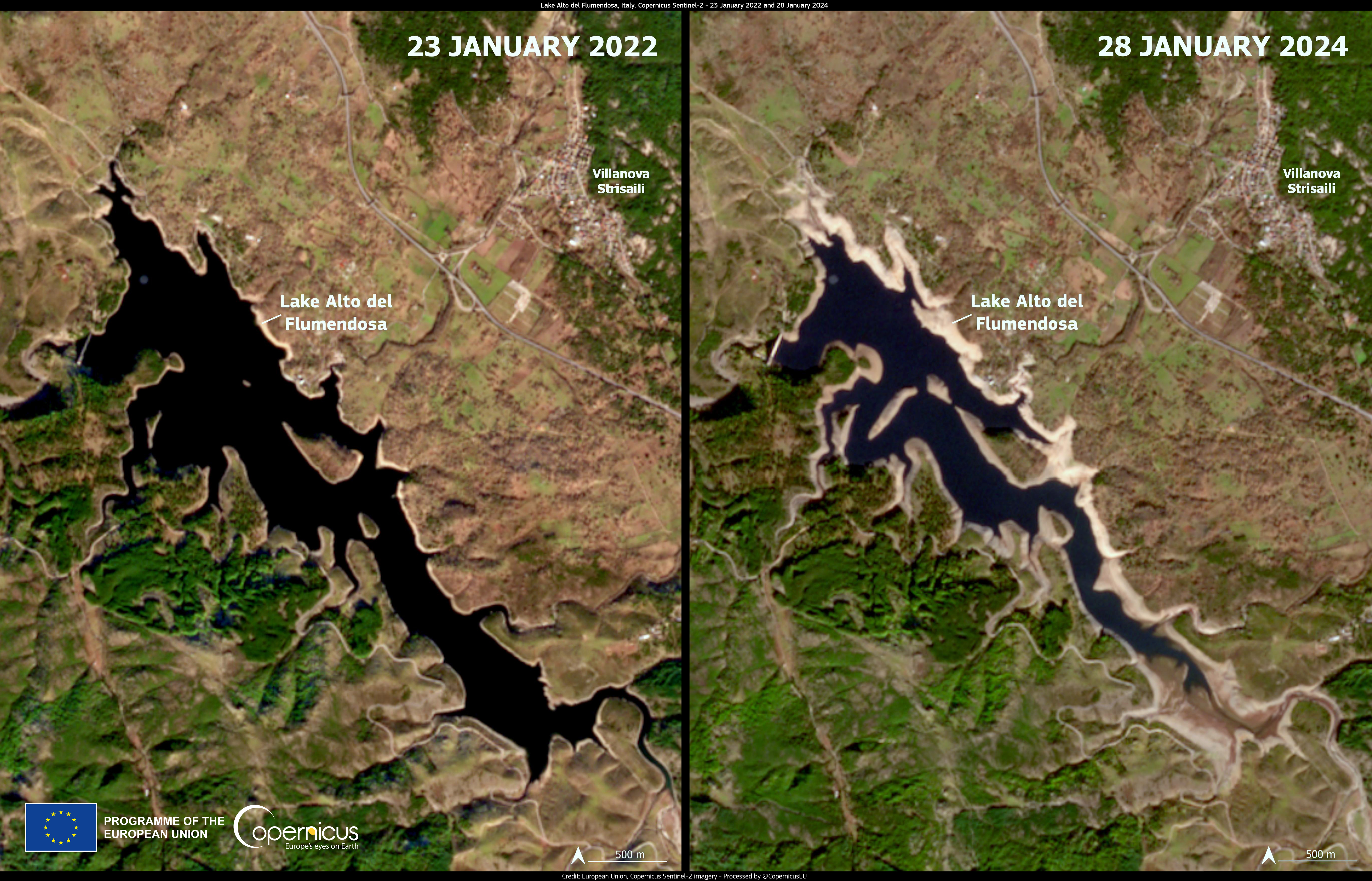
Sources:
-
Ali, E., W. Cramer, J. Carnicer, E. Georgopoulou, N.J.M. Hilmi, G. Le Cozannet, and P. Lionello, 2022: Cross-Chapter Paper 4: Mediterranean Region. In: Climate Change 2022: Impacts, Adaptation and Vulnerability. Contribution of Working Group II to the Sixth Assessment Report of the Intergovernmental Panel on Climate Change [H.-O. Pörtner, D.C. Roberts, M. Tignor, E.S. Poloczanska, K. Mintenbeck, A. Alegría, M. Craig, S. Langsdorf, S. Löschke, V. Möller, A. Okem, B. Rama (eds.)]. Cambridge University Press, Cambridge, UK and New York, NY, USA, pp. 2233–2272, doi:10.1017/9781009325844.021
-
Cipolla SS, Montaldo N. On the Impacts of Historical and Future Climate Changes to the Sustainability of the Main Sardinian Forests. Remote Sensing. 2022; 14(19):4893. https://doi.org/10.3390/rs14194893
Enjoy Reading This Article?
Here are some more articles you might like to read next: